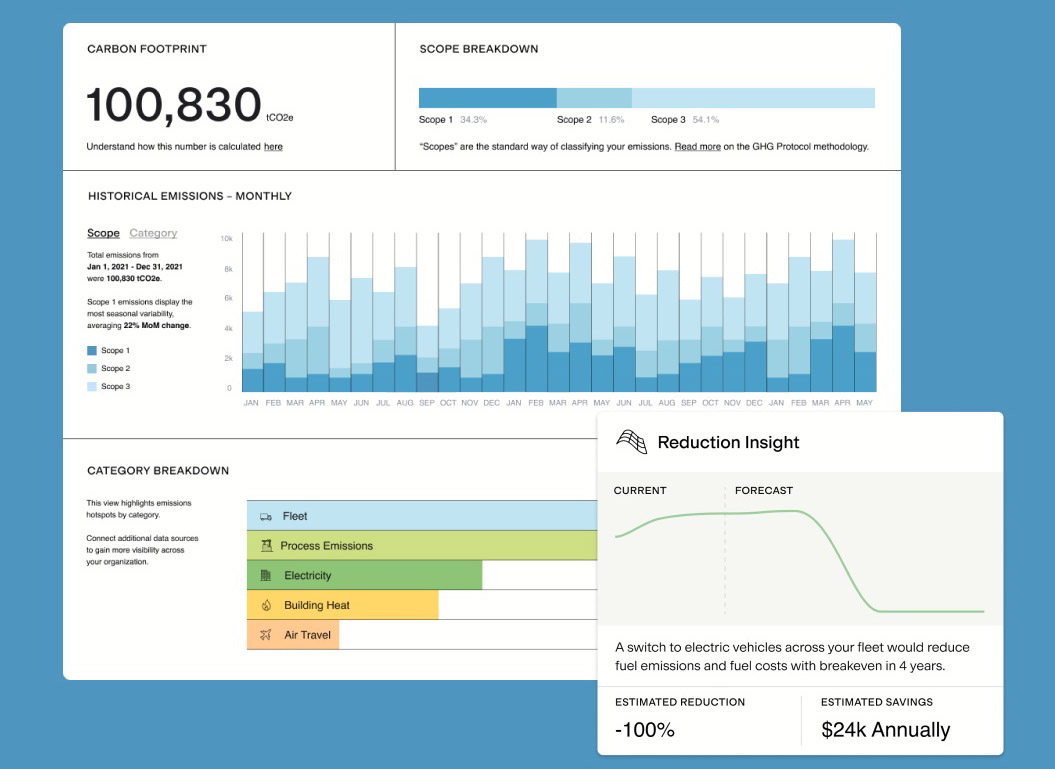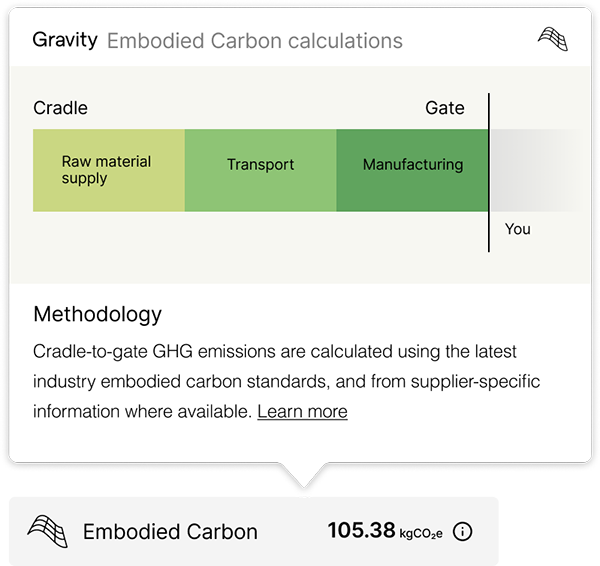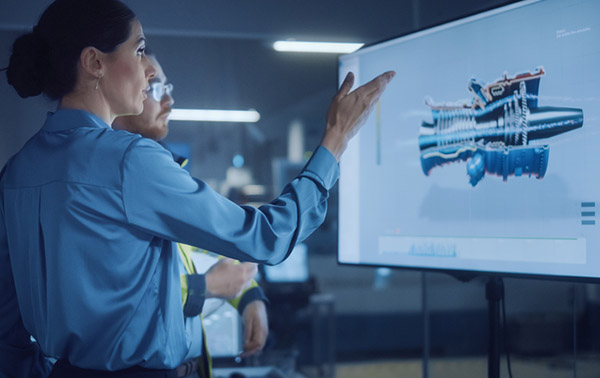With Earth Day approaching, environmental, social, and corporate governance, or ESG, policies are top of mind for many manufacturers. Gravity Climate's software works with companies to identify their carbon emissions and to help them cost-effectively manage them.
In February, Gravity Climate announced that it is working with Xometry, an online marketplace that connects enterprise buyers with suppliers of manufacturing services. The San Francisco-based company integrated its software to calculate potential emissions for Xometry order requests in real time.
“Industrial buyers are increasingly being asked to track and make procurement decisions based on sustainability metrics, but they lack the data necessary to do so,” stated Saleh ElHattab, founder and CEO of Gravity Climate, in a release at the time.
“I was impressed by the robots, discussions, and case studies I saw at Manifest,” he told Robotics 24/7. “There are many opportunities to reduce emissions as weather and other disruptions have throttled supply chains in the past few years.”
Gravity Climate ingests complex data
Gravity Climate provided Robotics 24/7 with a demonstration of its cloud-based app for helping supply chains comply with sustainability initiatives. It included features for measuring, analyzing, and reducing carbon emissions.
In an example, Gravity showed how to identify efficiency opportunities with CNC machining, as well as tradeoffs among energy sources and performance levels.

“We saw that the space was getting increasingly noisy,” ElHattab said. “It was a mapping exercise at the beginning—we collected data on sites, fleets, and investments or other organizations owned.”
“We had to collate the data and then calculate the emissions,” he explained. “Gravity Climate's software identifies utilities based on the address. It can then find kilowatt-hours and associated emissions from EPA [U.S. Environmental Protection Agency] data.”
In addition, the app can take electricity and natural gas consumption data from previously Internet of Things (IoT) devices. Gravity Climate plans to soon give its customers extra devices to improve their calculations, and robots and drones could also collect necessary readings.
Software offers accountability
“Auditability is important, and we can track across all fuel typs and emissions sources,” ElHattab said. “Our system can also take analog data—users can drop in vehicle fuel logs and bills.”
Gravity Climate has worked with utility providers using the EPA's Emissions & Generation Resource Integrated Database (eGRID), which includes data on fuel mixes across the U.S. by ZIP code. The idea of reducing waste appealed to both utilities and users.
“We didn't expect it, but we're excited that utility providers shared primary data from their markets,” said ElHattab. “We have two domestic and two international providers interested in data collection.”
Gravity Climate's system can adapt data as it ingests it into a standardized CSV format. It can then be exported to PDF for different audiences, ElHattab said.

SMBs gain scalability
Gravity Climate has received interest from small to midsize businesses (SMBs), as well as manufacturers and third-party logistics providers (3PLs), said ElHattab.
“One of our first customers was Wisconsin Aluminum Foundry,” he recalled. “It serves the automotive industry, where everybody is being asked to disclose their emissions.”

“Then Xometry came to us and said it had 10,000 suppliers with upstream data that could be used to show the emissions related to a given component or CAD file at checkout,” ElHattab said. “This was by process, material, quantity, where it was manufactured, and transport.”
Users can modify any variable, even at the design level, to make their choices, he added.
“Gravity provides reduction insights at the intersection of inventory and cost of different systems,” said ElHattab. “You can not only get the reduction potential, but also the cost savings per year from reduced energy consumption.”
Selectivity and urgency
Gravity Climate has done most of its business in the U.S., and it has worked with SHV Energy, the largest off-grid utility provider in the Netherlands and 25 countries, said ElHattab.
“We're being selective about global expansion,” he said. “We're also looking at how to make carbon-reductive pitches in the construction space that are cost-effective.”
“We're also looking at freight moving, and sustainability doesn't have to be synonymous with reducing flexibility,” he said.
“Oftentimes, when people say 'carbon reduction,' they may not realize that at least half of emissions are decarbonizable for most organizations,” ElHattab said. “If it's a 27-year journey to meet 'net zero,' we should start with what's available as the technology matures.”
About the Author
Follow Robotics 24/7 on Linkedin
Article topics
Email Sign Up


















